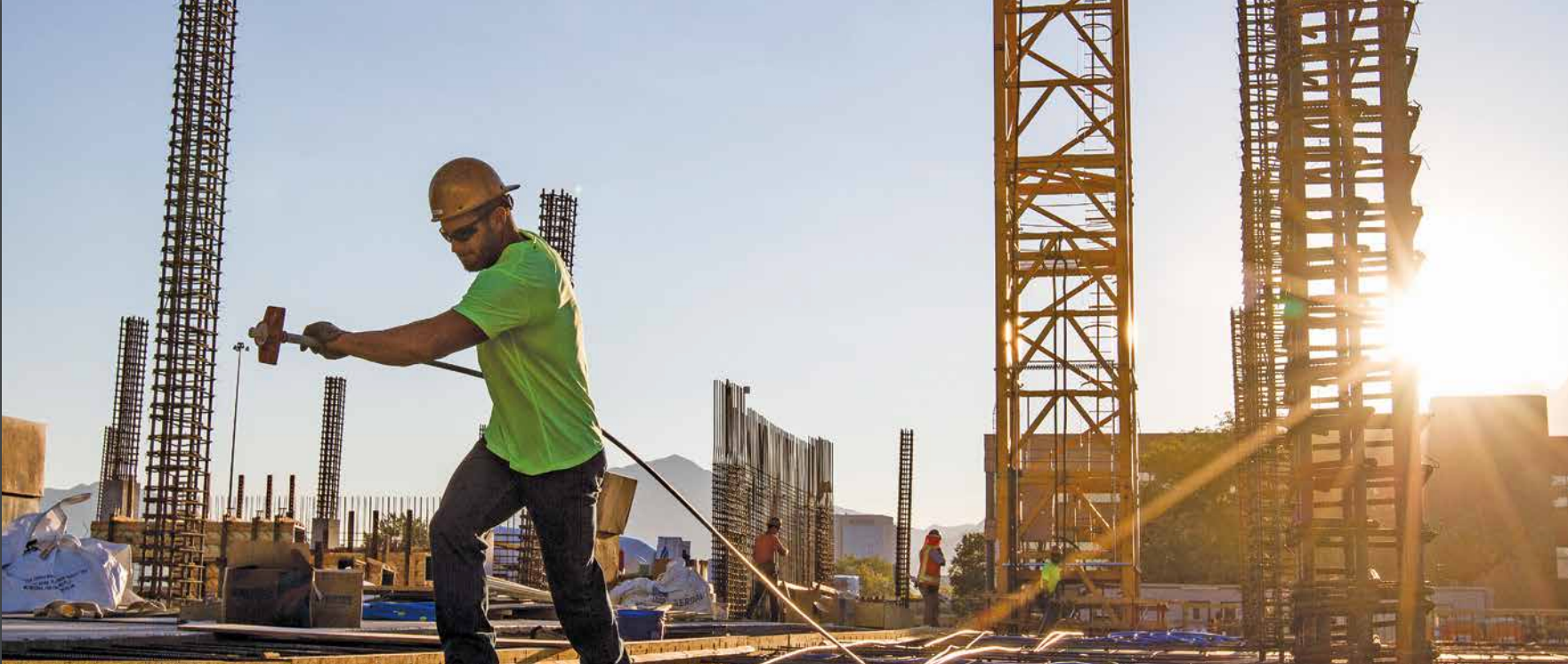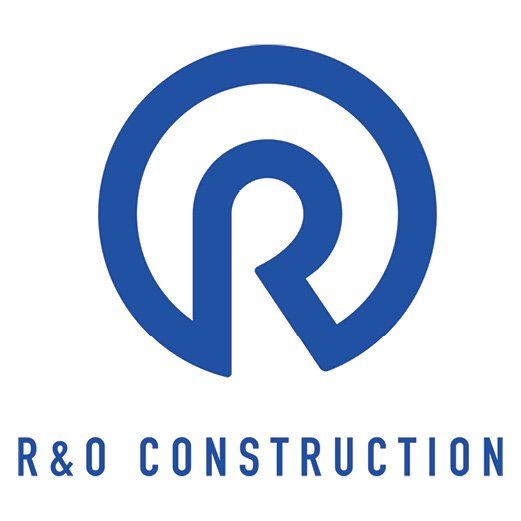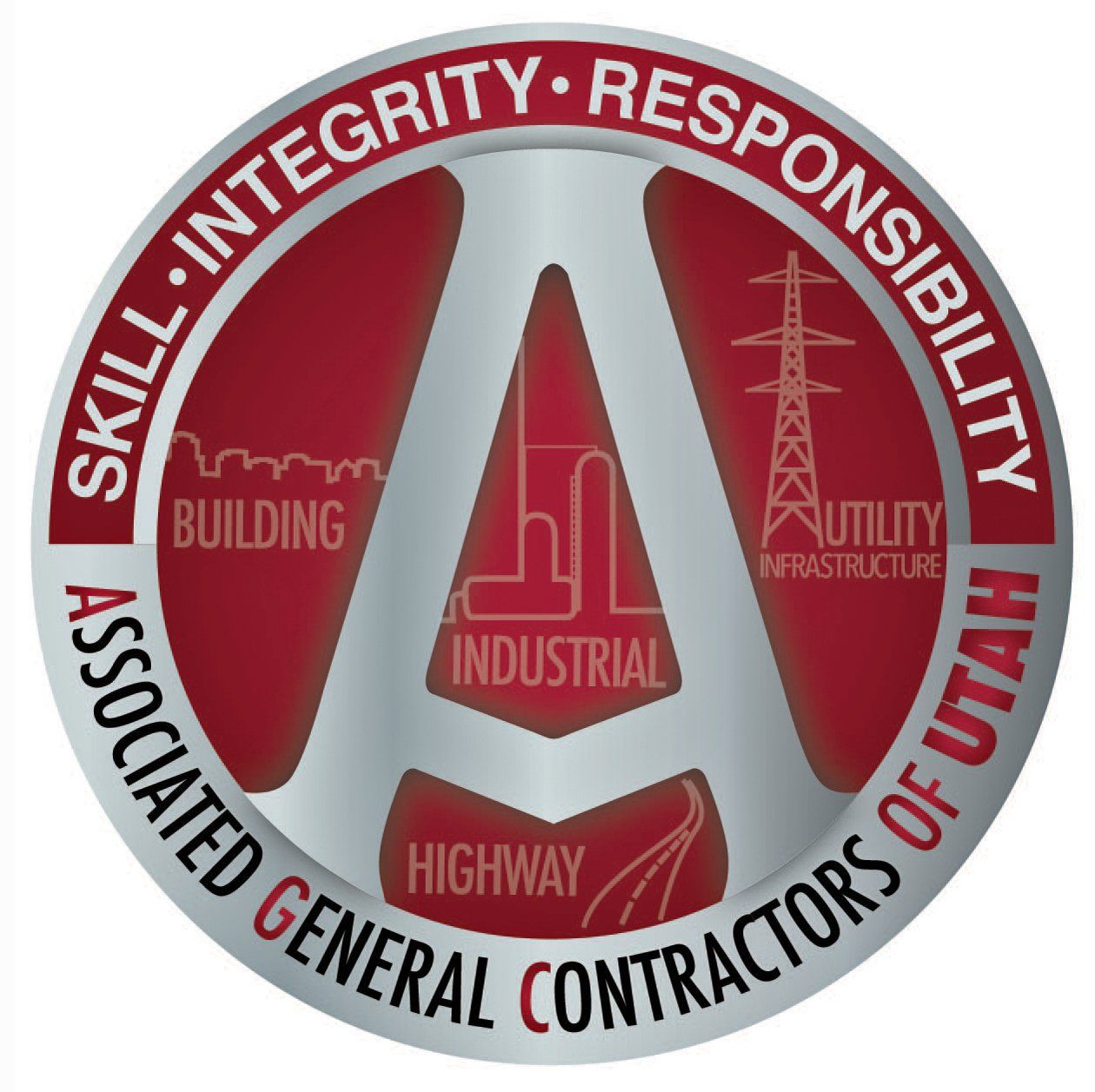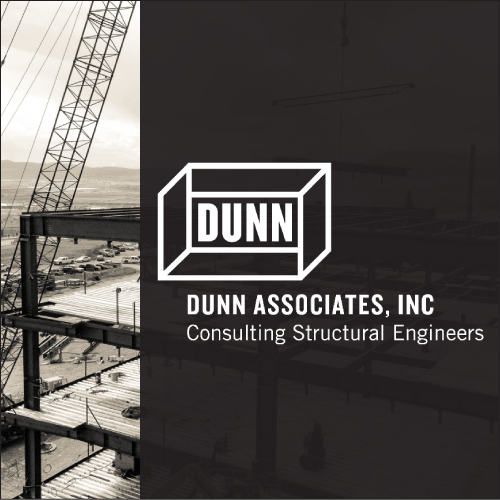Regional Spotlight

By Brad Fullmer Brigham Young’s famous statement “This is the right place”—allegedly uttered when he first caught glimpse of the Salt Lake Valley in 1847 from the top of Emigration Canyon, after a 1,300-mile journey—could certainly be used today to describe real estate development and construction activity in Utah right now. As the state celebrates the 20th anniversary of the 2002 Salt Lake Winter Olympics, it’s all systems go across the Beehive State, led by the bustling 80-mile stretch along the Wasatch Front from Ogden to Provo, where seemingly dozens of big, high-profile projects are underway in some fashion. Other regions in Utah, including St. George, Moab and Logan, are also experiencing positive growth in regards to new projects. The diversity of projects being built is also notable, with markets like multi-family, healthcare, K-12, higher education, and industrial all thriving, in addition to major infrastructure projects throughout the state. “Utah is at the top of league standings and will remain there,” said Ken Simonson, Chief Economist for the Associated General Contractors (AGC) of America for the past 21 years, last November at an AGC of Utah Economic Outlook event. “You’re getting growth in construction employment, which most states have not had yet. (Utah) seems to be more diverse in terms of the kinds of projects, and the population, then it used to be. It’s no longer just a place for the great scenery. You’ve developed an entertainment production presence, high-tech industry, and a more distribution center feel. It’s real. It attracts jobs and people with money.” Simonson said construction job growth in Utah increased remarkably during the pandemic, up 10% in the Salt Lake metro area from September 2019 to September 2021. Similarly during this time, Provo was up 9% and Ogden-Clearfield up 11% during this same period, while St. George saw a spike of more than 20%. According to Jim Wood, Ivory-Boyer Senior Fellow at the Kem C. Gardner Policy Institute, Utah has approximately 122,000 construction employees, up nearly 6% from a year ago, with an average wage of $61,000. Natalie Gochnour, one of the foremost experts on Utah’s economy as Director of the Kem C. Gardner Policy Institute at the University of Utah, said Utah’s rapidly growing population has been an interesting trend, with demographics one of several criteria contributing to the state’s red-hot economy. According to U.S. Census reports from 2010 to 2020, Gochnour said Utah ranked No. 1 in the U.S. in population growth at 18.4%—11% higher than the U.S. average (Idaho was second, Nevada fifth). Utah added more than half a million people to its population during that decade and now sits at No. 30 nationally at 3.27 million residents. “The reason it caught my eye is that for my entire career, Utah has been the 34th largest state —it moved up four places,” said Gochnour. “We’re growing by 50,000 per year, which means more customers, more demand. We have the youngest median age in the country. If you’re young, you’re inexpensive, healthy, tech savvy. It makes (Utah) very attractive to do business.” Other positives include location, fiscal responsibility, human capital (employees), fiscal capital (roads, water infrastructure), and social capital (level of trust). She also listed Utah’s second-place ranking in Covid-19 case fatality rate as another positive. “By the health measure and economic measure, we do well,” she said. Wood said nonresidential construction was at $2.7 billion in 2021, a 7.7% increase, and is expected to stay at that same level in 2022, with 2023 seeing a slight dip to $2.4 billion (approximately 11%). Location, Location, Location Utah’s reputation as the ‘Crossroads of the West’ has been burnished by its location in the middle of the busy western U.S., with neighboring states Idaho, Arizona and Nevada all ranking among the leaders nationally in similar demographic and economic metrics. Gochnour listed the new Salt Lake International Airport, ample rail connectivity, two major interstates, and natural scenery/outdoor recreation as critical items, part of the state’s high ‘amenity score’ which also includes things like climate (despite poor air quality, particularly in the winter) topography, water resources, environmental qualities, convenience, healthcare access and financial industry prowess. Throw in all the speculation surrounding future Inland Port activity—which projects out over the next half-century—and it’s easy to see why Utah is widely considered a good place to be. Fiscal Responsibility Gochnour praised Utah’s financial consistency and Triple-A Bond Rating (most recently by Moody’s Investors Service and Fitch Ratings), saying the state government is fiscally prudent year-after-year and not prone to making risky moves. The state ended 2021 with $600 million- plus surplus funds, which added to budget reserves allocated for the next fiscal year, means legislators have $1.7 billion in net reserves for 2022. “We have a very attractive business climate, low regulatory burden, and low tax burden,” she added. Fiscal Responsibility & Social Capital “We have a nation-leading social capital,” Gochnour said, which includes human capital (people, employees), fiscal capital (critical infrastructure), and social capital (networks of trust, ability of people and groups to work together for the common good). “We have he ability to collaborate, to solve problems, to get things done.” She said there are 32 measures associated with social capital, and Utah has the highest level of any state. Challenges: Labor, Supply Chain, Housing Raise your hand if you’ve heard this one before: the major negative factors impacting Utah’s economic growth is 1) Labor, 2) Supply Chain, 3) Housing. The lack of employees—particularly skilled and educated ones—is the 900 lb. gorilla in the room, and it isn’t going anywhere anytime soon. Simonson alluded to an AGC of America survey that had 2,100 responses from AGC firms nationwide, include 31 from Utah. It reported that 81% of firms have a need for more employees, with 90% of firms nationally saying they had openings for hourly craft positions. In addition, 78% of firms had openings for salary workers. In addition, 81% of firms in Utah (compared to 61% in U.S.) cited labor shortages as a reason for delays in project schedules. “Firms need to add people—it won’t be easy,” said Simonson, flatly. “Unfortunately I don’t see relief coming anytime soon. Every industry is out competing for workers right now. He added that Covid will remain an issue, particularly since more than 45% of field workers reported they would not get vaccinated. Wages are also an issue, as the premium for working a difficult construction trade has eroded, with other industries raising hourly rates to attract new people. Unemployment in Utah remains just over 2%, leading Gochnour to say “low unemployment is a beautiful thing, but a difficult thing,” citing the ‘great resignation’ of baby boomers the past 18-plus months—in part due to the pandemic—as an unforeseen event that adds to low available workforce numbers. “We see another year of growth and opportunity, contingent on finding available workforce,” said Scott Parson, CEO of Ogden-based Staker Parson Materials & Construction. “The biggest challenge is the labor pool,” added Wilford Clyde, CEO/Chair of Orem-based Clyde Companies. “Covid has definitely been a challenge, but it hasn’t hurt us as much as I thought it would.” Supply chain issues are simply not going to be solved this year, causing project managers and estimators to plan ahead and order items as soon as they’re programmed into a project design. Ask any supply company, and their expectations are to essentially ‘grin and bear it’. After all, everyone is in the same boat—the one stuck in a port harbor waiting to offload its contents. “Local supply chain issues will be a challenge for everyone,” said Rich Thorn, AGC of Utah President/CEO. “There isn’t an easy solution, but firms will respond accordingly to keep projects on schedule.” “Supply chain is an issue, particularly with our lumber business,” said Clyde. “We’ve struggled to get enough product in some categories to satisfy our customers.” Housing Costs Will Remain High Both Gochnour and Wood said housing—or lack thereof—will continue to be a burden for new homeowners and others relocating to the Beehive State. Currently, there is a shortage of 45,000 household units. And this is despite the mass number of multi-family projects currently underway or slated to break ground this year. Wood said of the apartment boom, “we’ve never seen anything like it. 10 consecutive years of vacancy below 4%,” which has led to exorbitant pricing. From 1991 to 2021, Utah housing prices increased 533%, more than double the U.S. average of 246%. From 2020 to 2021, the median home price in Utah rose from $438,000 to $556,000, a mammoth 27% jump. “It’s become a public policy issue,” he lamented, “but we’re at the mercy of the market.” Wood added that overall “we’re in a golden period of economic growth in Utah, and it’s putting pressure on a lot of things. We should have a great couple of years.”



















